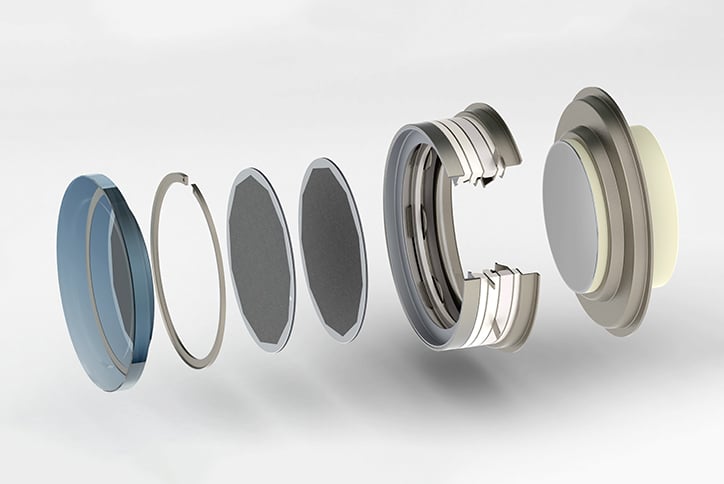Image intensifiers
(Visible Types)
Image intensifiers including the visible spectrum
The detection of lowest light levels at a high signal to noise ratio as well as the possibility to image with shutter times in the nanosecond regime are the key strengths of image intensifiers.
These sensors are frequently used to image and count single photon events or to image high speed phenomena like combustion processes and plasma dynamics by applying shutter times down to ~3 ns.
These detectors form an amplified image at the output screen, which can be recorded by an attached camera or sensor (see also Intensifier Modules).





